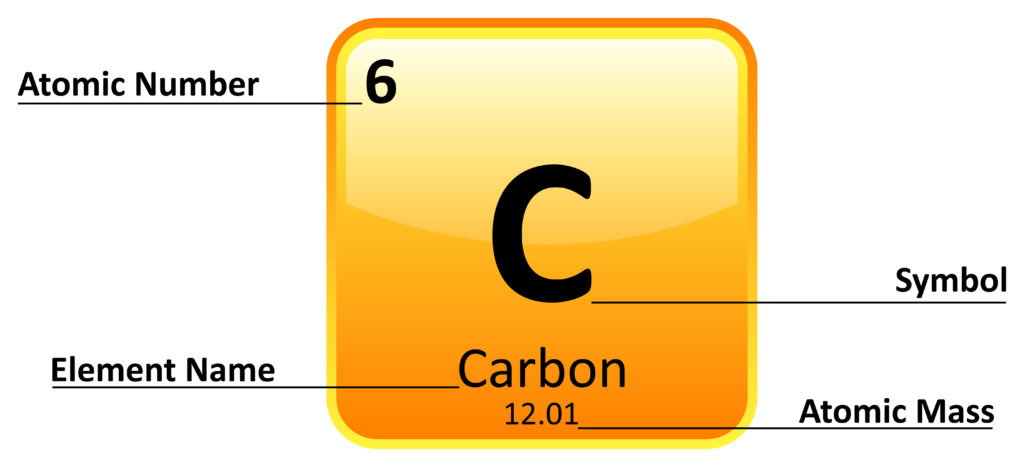An element is a substance that cannot be broken down into another substance. Each element is made up of its own type of atom!
The periodic table lists elements in order of atomic number and is laid out so elements with similar chemical properties form columns ( groups ).
Atomic number is the number of protons in the nucleus of the atom. The number of protons for each element is equal to the number of electrons.

Columns are called groups, and rows are called periods.

Remember – stuff about elements and atoms
Atoms are REALLY, really small!
All atoms in an element are identical.
All elements are different.
Most elements are solids at room temperature, but some are liquid, and some are gases.
Atoms are the building blocks of all materials.
Every element has a name and a symbol, but remember, the symbol might not be obvious. ( Li – lithium, K – Potassium, Na – Sodium )
Some elements are very common, and some are extremely rare.
Activity ideas for learning about elements
If you want to learn more about elements, this interactive periodic table from the Royal Society of Chemistry is brilliant! You can also get it as an app.
Make some edible molecules. A molecule is two or more joined together.

Last Updated on April 26, 2023 by Emma Vanstone

Leave a Reply